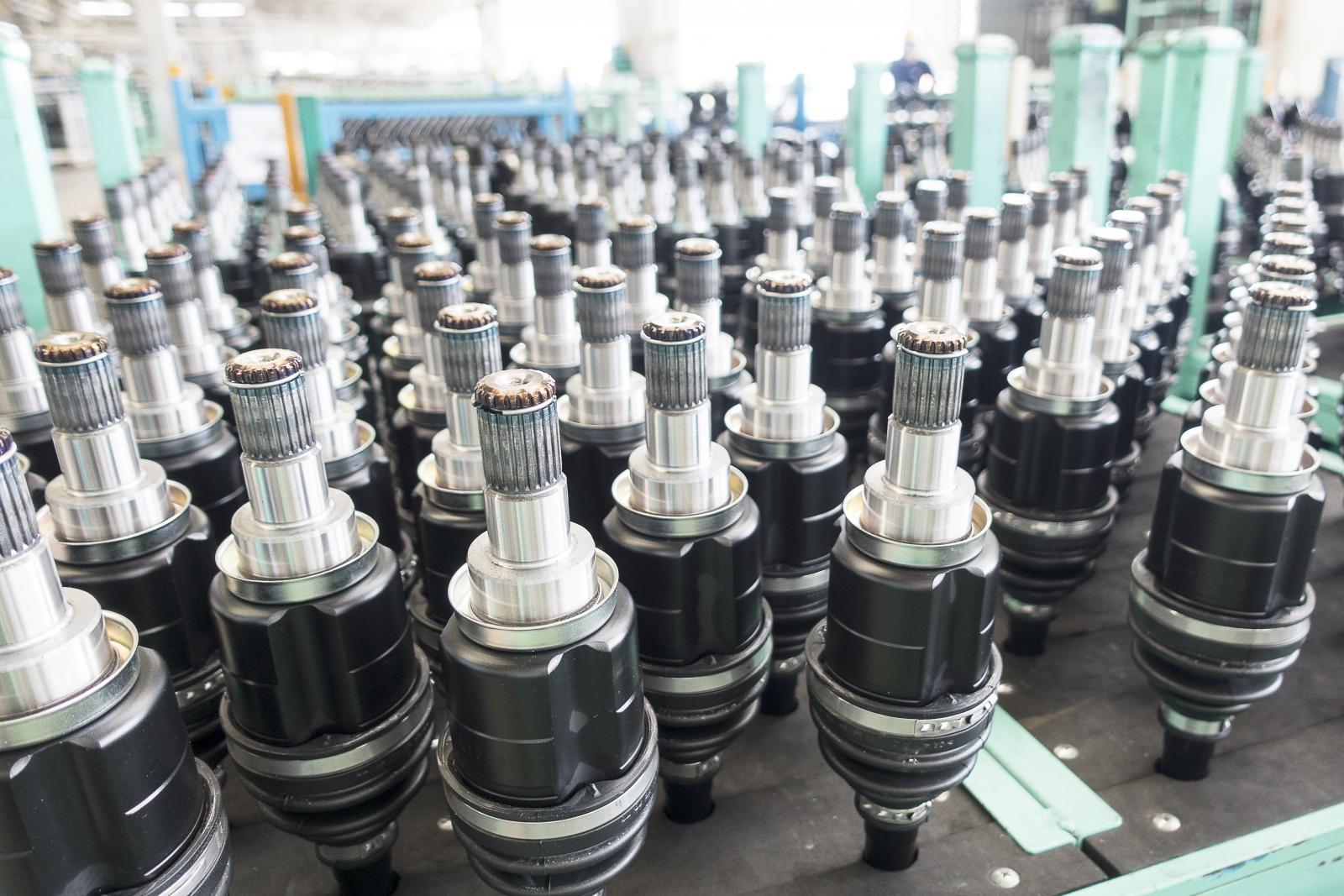
Jimmy Saunders, Managing Director of Kroll Restructuring Advisory, asks what 2022 has in store for the automotive supply chain?
As we look ahead to 2022, the automotive sector continues to face structural issues within the industry alongside the wider economic challenges.
Structural Issues
During 2019, growing uncertainty around Brexit led to a number of vehicle manufacturers announcing the movement of production to mainland Europe. This was at the same time as customers were already cautious when buying cars because of the evolving electrification of vehicles and concerns around the diesel emissions scandals. Compounding this during early 2020 was the impact of the pandemic, and according to the Society of Motor Manufacturers and Traders (SMMT), new car registrations between 2019 and 2020 fell by 29%.
The impact of this downturn in vehicle sales on the automotive supply chain was in part mitigated by the raft of government support schemes, not least the ability to furlough employees, the various government loan schemes and the VAT deferral scheme.
As different countries emerged from lockdown at different times, the uncertainty of demand and fluctuating availability of parts supply led manufacturers to rationalize their number of vehicle programs to focus on producing core models. This served to create capacity in factories that, as demand improves going into 2022, is being used to accelerate electric vehicle production. Recent statistics from the SMMT suggest that there will be more electric vehicles registered in 2021 than were registered between the whole of 2010 through to 2019. In fact, in the year to October 2021, new car registrations have only grown LFL by 2.8%, behind this number is a reduction in petrol and diesel cars (which for now make up the majority of vehicles) of 22.1%, which is offset only by the significant growth in electric vehicles and hybrids of 65.4% and 82.5%, respectively.
What this shift from internal combustion engines to electric vehicles means is that significant investment is expected in both research and development of the new electric technologies but also into capital expenditure (capex), particularly powertrain suppliers, at a time when businesses are already struggling. Furthermore, both original equipment manufacturer (OEMs) and lenders are putting heavy emphasis on environmental, social and governance (ESG) and sustainability matters, which potentially brings a whole new layer of cost into the supply chain.
The landscape for large vehicle manufacturers themselves is also increasingly competitive and this is also creating significant downward pressure on the supply chain to deliver price efficiencies.
Supply Chain Disruption
Unfortunately, these structural issues have arisen at the same time as the global supply chain problems. We are now familiar with the chronic shortages of microchips in the automotive (and other) industries and many commentators suggest that this will not regularise until well into 2023. At the same time, shipping costs to bring in parts and materials from the Far East have increased significantly to over USD 15,000 per container, and this follows a period of relative stability during the previous 10 years when the cost didn’t exceed USD 2,000 per container.
There is a well-documented labour shortage, particularly in the UK. The UK needs another 100,000 heavy goods vehicle (HGV) drivers, and this is all contributing to delays in moving goods from port to Tier 1 and 2 suppliers and difficulties dispatching finished goods to the OEMs. To add to this, steel and aluminium prices hit ten-year highs in October 2021 and most other commodity prices have also followed a similar trend, partly due to the surge in energy prices, which, therefore, impacts suppliers both directly and indirectly. All of these factors cause concerns about the impact of inflation on interest rates and the future debt servicing costs for businesses.
Many OEMs operate on a just-in-time basis on a rolling 13-week production cycle; this is designed to give the Tier 1 or 2 suppliers time to order in raw materials and parts and to plan production and staffing. Given the shortages in supply of key components, when the production lines have to stop, this then ripples back through the entire supply chain. The problem is that these stoppages come quite late—sometimes in the week an order is due for delivery; this means the supplier has already invested in both materials and the labour, therefore tying up vital working capital. This level of volatility is extremely difficult to plan for.
Finally, pressures on the management team to juggle all of these issues means day-to-day running of the business might not get the attention it needs.
Summary
The rapid pace and scale of change in the automotive sector presents huge challenges to management teams, and many businesses that are already dealing with acute financial and operational challenges are also having to find the means to transition towards electrification.
Most balance sheets today carry far more debt as a result of the pandemic, and there is less capacity to simply take on additional borrowing to fund working capital and capex needs.
Management teams should take action now to address these issues to ensure the security of their businesses in the future.
https://www.kroll.com/en/services/restructuring-advisory
BACK TO ENGINEERING CAPACITY NEWS PAGE